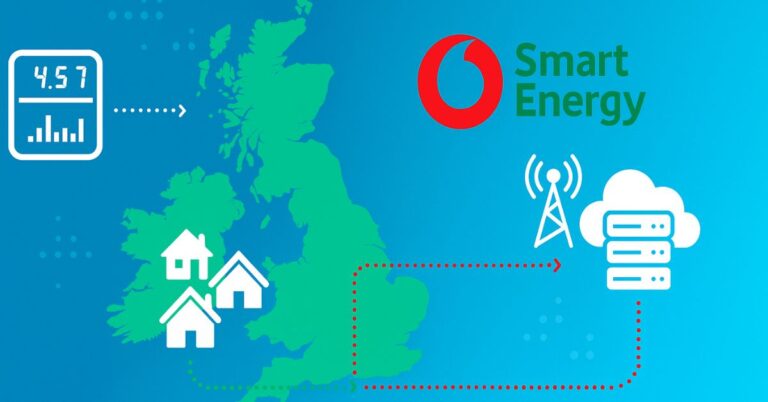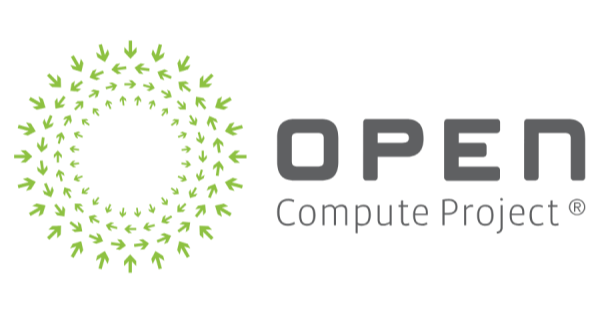Viasat Inc., a global communications company, announced it was awarded a contract to provide end-to-end satellite communications (SATCOM) support through a fully managed service to the United States Marine Corps (USMC). The contract is an extension following a successful pilot and follow-on service program in the government’s FY22 through which Viasat delivered a fully managed SATCOM as a Managed Service (SaaMS) solution to the USMC I Marine Expeditionary Force (I MEF), the Marine Corps’ largest warfighting organization. This is the first commercially developed SaaMS implemented by a USMC command.
Under this fully managed SATCOM service, Viasat has provided I MEF with a resilient beyond-line-of-sight communications capability that is both scalable and rapidly deployable to meet contract and operational requirements. This commercially developed SaaMS capability has enabled I MEF to extend its command and control (C2) to the tactical edge, supporting Marine exercises, Marine Expeditionary Units, and Stand in Force rotational deployments with on-demand satellite connectivity and data transport. The SaaMS is designed to provide greater flexibility to meet changing connectivity demands, support Multi-Domain Operations, and increase the safety of deployed forces through reliable and resilient communications.
“Viasat is very excited to continue its partnership with the Marine Corps and provide a fully managed SATCOM service that offers a dynamic and scalable solution to meet the demands of expeditionary forces,” said Craig Miller, president of Viasat Government Systems. “This is a modern SATCOM service that is designed to deliver the performance, flexibility, and rapid deployment capability Marine expeditionary forces need – supporting operational readiness and enabling the USMC to leverage surge capacity for specific mission needs easily. This SaaMS solution is a critical piece to achieving a decisive advantage in a modern information and communications warfare environment.”
The fully managed SATCOM solution includes seamless roaming, and always-on access across Viasat’s commercial high-capacity networks, offering the USMC a highly flexible service that can leverage Service Level Agreements to meet the specified mission and operational requirements. This service will provide end-to-end, secure data custody from the edge back to the Marine Corps Enterprise Network via Viasat’s worldwide terrestrial network. The Viasat Unified Customer Experience Portal, included with the service, will deliver near real-time situational awareness for operational commanders and network managers alike, thus enabling greater, near real-time understanding across the entire network. Additionally, supported by a 24x7x365 network operations center and security operations center, this turnkey service will provide the USMC with terminal inventory management, network performance monitoring, cybersecurity, and cyber defense, as well as engineering support, training, and logistics support.
Visit the Viasat website for more information and background on the available SATCOM services for defense.























